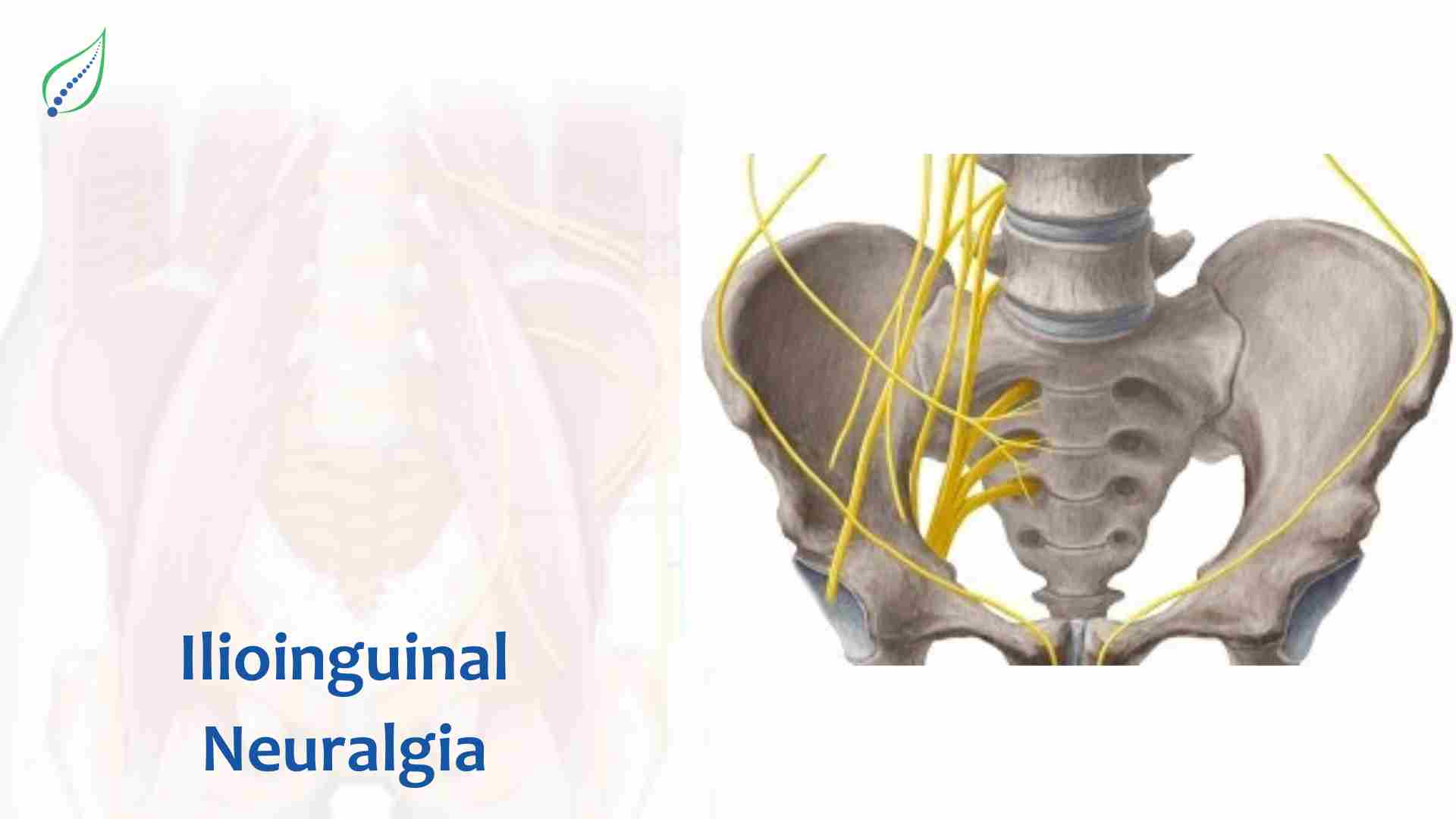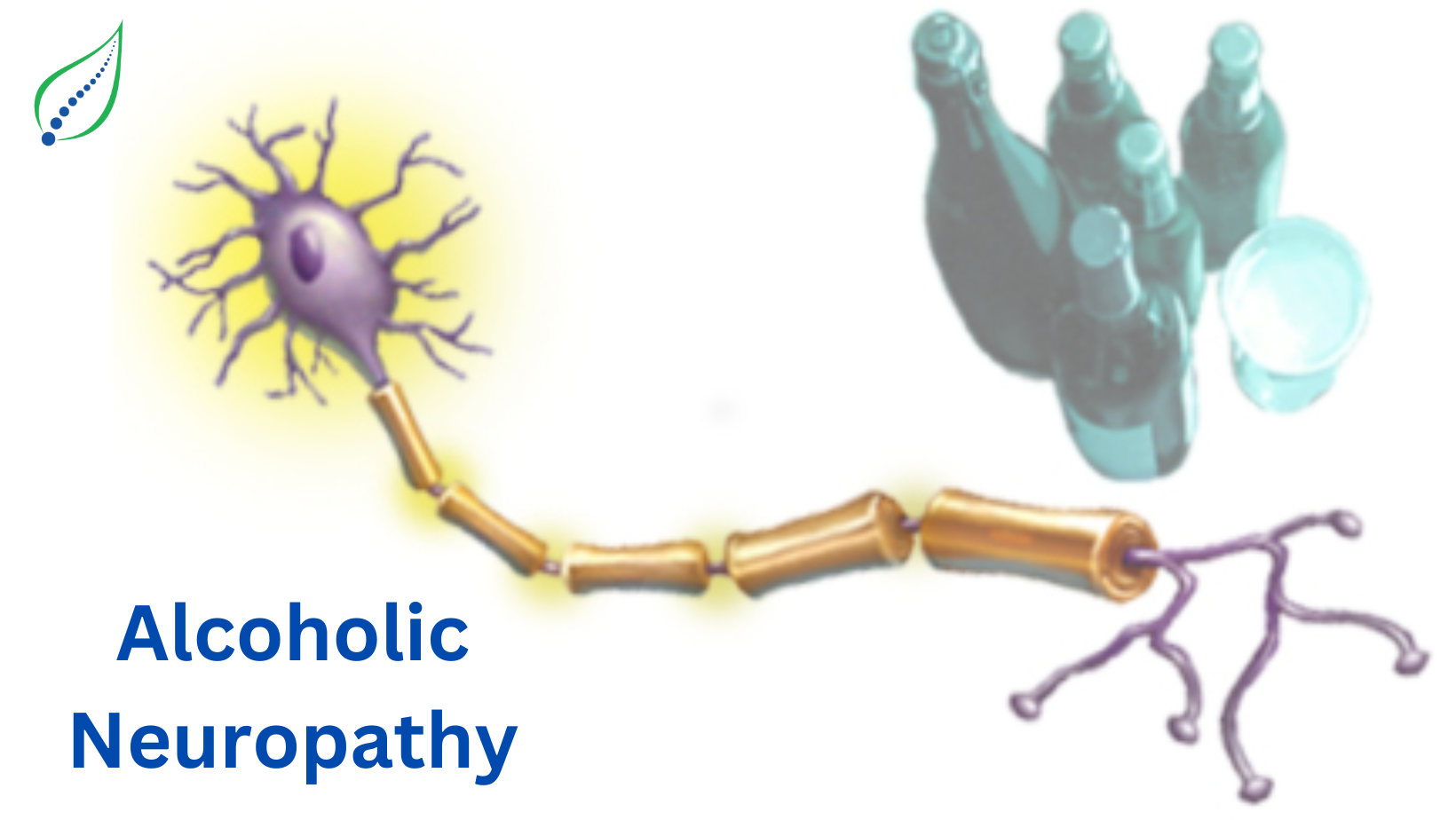Restless Leg Syndrome
Restless legs syndrome also known as Willis-Ekbom disease is a neurological condition in which patient feels strong uncontrollable urge to move legs. It mostly happens in the evening or night time.
Ability to fall asleep or go back to sleep after waking up might be seriously disrupted by Restless Leg Syndrome. Usually, moving the legs or walking reduces the soreness, although the symptoms frequently return after the action is stopped.
Restless Leg Syndrome is both a sleep disorder and a movement disorder since the symptoms are brought on by resting and trying to sleep and as sufferers must move their legs to get relief.
Symptoms:
Restless Leg Syndrome could experience an overwhelming impulse to move along with painful feelings in lower limbs that are dissimilar from the typical sensations felt by someone without the illness. Lower limbs may be experiencing hurting, throbbing, tugging, itching, crawling, or creeping sensations. Less frequently than the chest or head, these symptoms also seldom impact the arms. Although while the feelings might influence only one side of your body, they typically impact both.
Restless Legs Syndrome is frequently characterised by:
- Sensations that start after rested which usually happen after being sedentary and sitting for a long time (e.g., while travelling or watching a movie).
- Movement can ease discomfort, therefore may need to keep legs (or other afflicted body parts) moving to lessen or stop the feelings.
- A clear time of no symptoms in the early morning followed by a worsening of symptoms at night ,may have trouble falling and keeping asleep. If activities or situations cause to lose more sleep, can also notice an aggravation of symptoms.
Restless Legs Syndrome symptoms might differ from person to person, from day to day, in terms of intensity and frequency. Restless Legs Syndrome symptoms might appear more than twice a week in severe situations.
It can lead to the following symptoms:
- Mood Swings, Exhaustion and Drowsiness During the Day
- Difficulty in Concentrating
- Decreased Memory
- Less Productivity
- Both anxiety and depression
Remissions, which are times when symptoms lessen or vanish for weeks or months, are possible; they often happen in the early stages of the condition. But, in general, symptoms tend to return and worsen with time.
- An intense need to move legs is the major sign of restless legs syndrome.
- Moreover, it may result in an uncomfortable crawling or creeping feeling in the thighs, calves, and foot.
- In the evening or at night, the feeling frequently gets worse. On occasion, the arms are also impacted.
- Periodic limb movements, or the involuntary jerking of the arms and legs, are another symptom of restless leg syndrome.
- While some people only rarely experience the signs of restless leg syndrome, others do.
- Mild to severe symptoms are possible, when Restless Leg Syndrome is severe, it can be quite upsetting and interfere with a person's everyday activities.
Risk Factors:
Moreover, it seems that restless leg syndrome is connected to or occurs alongside the following elements or underlying conditions:
- Haemodialysis and end-stage kidney disease
- Neuropathy (nerve injury / nerve damage)
- Lack of sleep as well as other sleeping disorders including sleep apnoea.
- Hormonal changes or pregnancy, particularly in the third trimester. The majority of the time, symptoms go away four weeks following birth.
- Use of nicotine, alcohol, and coffee.
Treatment
Symptoms of this disease can be managed. Affected limb movement may offer momentary alleviation. Treatment of an underlying medical problem, such as diabetes, peripheral neuropathy, or iron deficiency anaemia, can occasionally control Restless Leg Syndrome symptoms.
Medications :
- Supplemental Iron.
- Anti-seizure medications: Those with Restless Legs Syndrome, anti-seizure medications are the first-line prescribed medications. The treatment of moderate to severe Restless Legs Syndrome with gabapentin, enacarbil has been given the FDA's authorization. Such sensory abnormalities and nerve discomfort can be reduced by other anti-seizure medications such pregabalin.
- Dopaminergic agents: When taken at night, these medications, which raise the brain's dopamine levels, help lessen the symptoms. The drugs ropinirole, pramipexole, and rotigotine are FDA-approved to treat moderate to severe Restless Legs Syndrome. Levodopa with carbidopa may be beneficial when taken sporadically but not daily since long-term usage of dopaminergic medications might eventually aggravate symptoms and produce additional issues.
- Opioids: Patients with more severe Restless Legs Syndrome symptoms who do not react well to other treatments may occasionally be administered drugs like methadone, codeine, hydrocodone, or oxycodone.
- Benzodiazepines: Medications like clonazepam and lorazepam are frequently recommended to treat insomnia, anxiety, and muscular spasms. They can also help people sleep more soundly.
If you have mild to moderate Restless Legs Syndrome, the following activities and adjustments in lifestyle may offer some relief:
- Avoid alcohol, nicotine, and caffeine consumption.
- Alter or preserve a normal sleeping schedule.
- Attempt light, frequent exercise.
- Have one’s legs massaged or take a warm bath.
- Use an ice pack or a heating pad.
- Employ vibration pads on the back of the legs or foot wraps made especially for persons with restless leg syndrome.
- Exercise for legs by doing moderately intense aerobics.




